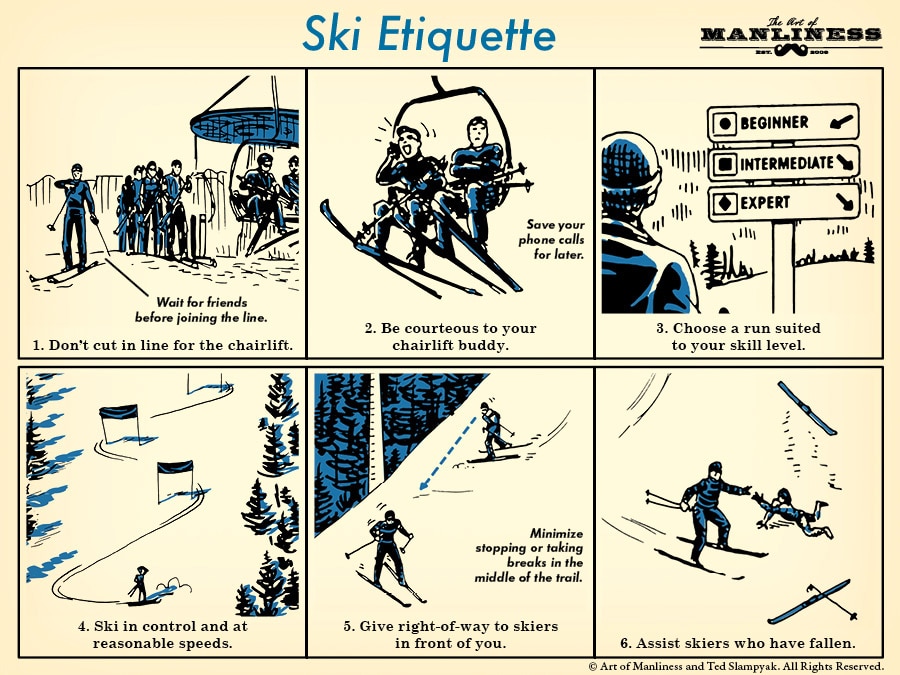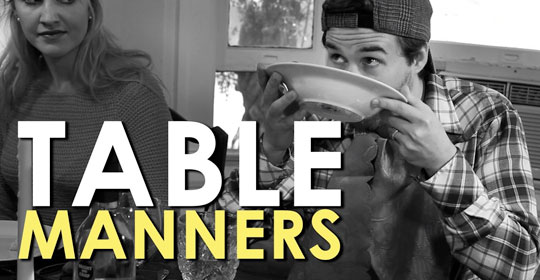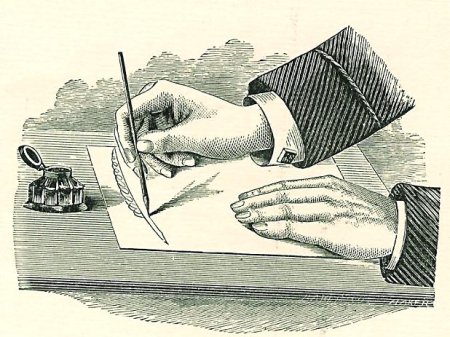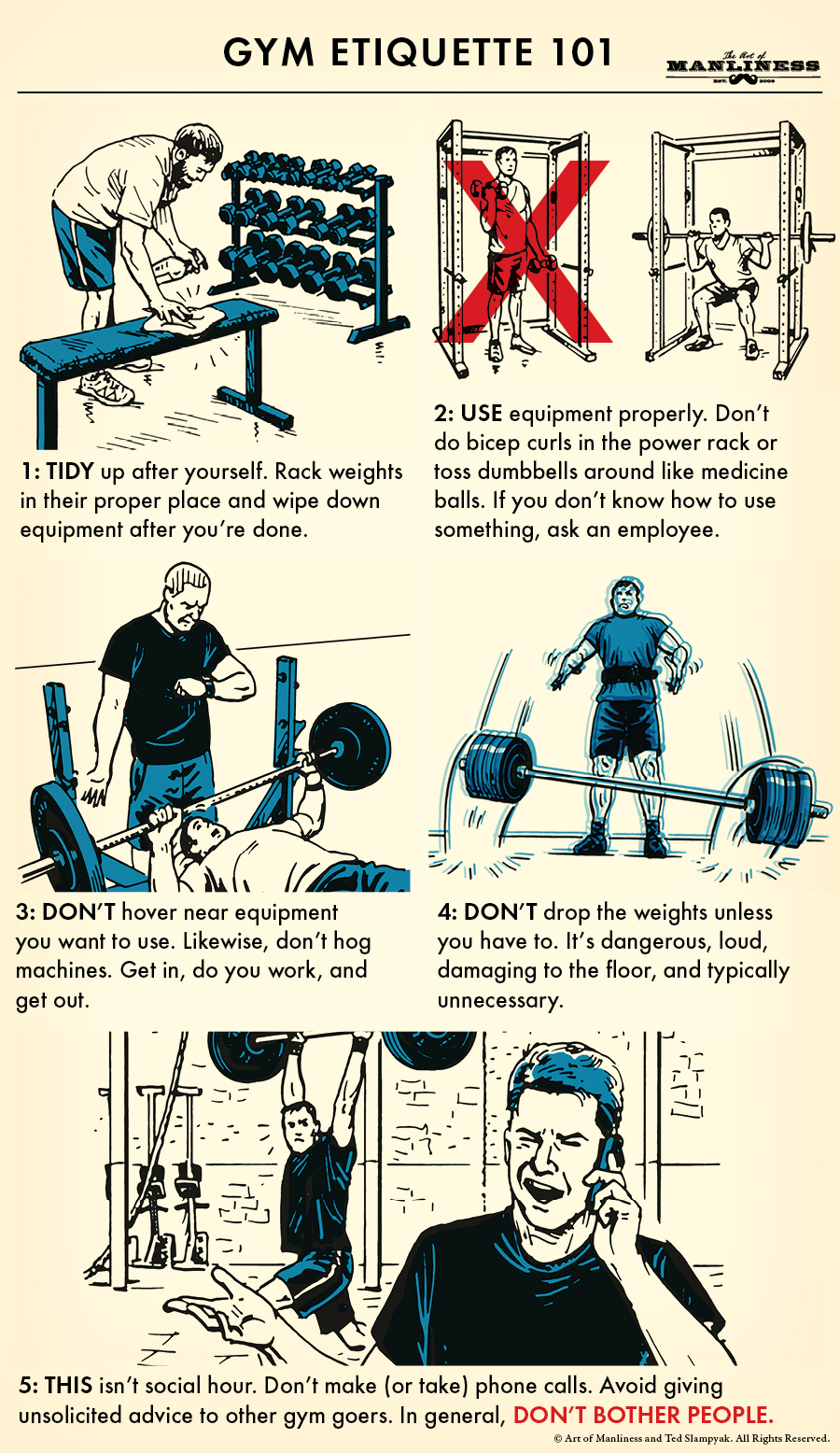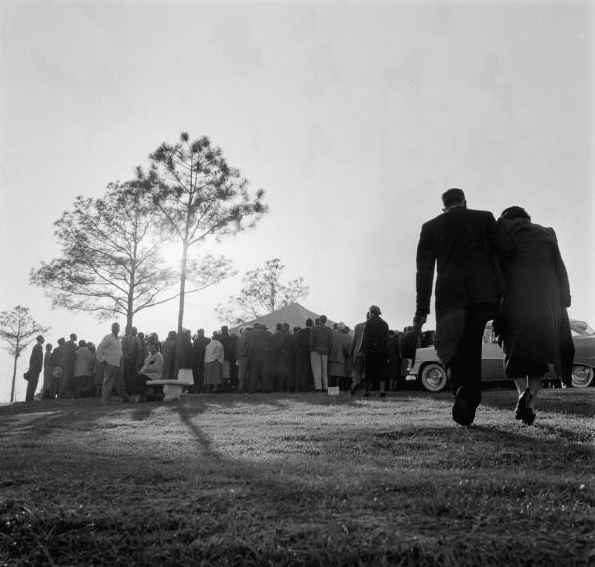
“How we treat the dead says an awful lot about how we live. For the strong and able to serve the helpless dead, to honor frail remains, reaches deep inside us to something basic to humanity.” -Paul Gregory Alms
Funeral etiquette. Unless you’re preparing to attend a funeral, it’s a subject that almost never crosses your mind. As a younger person, funerals tend to be few and far between. It’s possible to make it into your 20s without ever attending one. The sporadic nature of funerals, and the general absence of discussion of the subject in our culture, makes it hard to learn what’s expected in terms of proper behavior. You just muddle through each funeral, hoping you’re doing the right thing, and then muddle through it again the next time.
But being a gentleman of tact, respect, and sensitivity is never more important than at the occasion of someone’s death. Instead of adding distractions and stress to the already grievously burdened, be a source of great comfort. People are at their most fragile, and your job as a man of honor is to be supportive and dignified.
Condolence Visits
If you are a family member or close friend of the family of the deceased, pay a visit to their home to express your sympathy and offer your help.
Before a wake, bring over a platter of cold cuts and rolls; the family will be hungry afterwards and not want to cook. Or bring over some pastries that they can eat on the morning of the funeral. You can also offer to watch the kiddos while they run some errands. It seems like the women folk often take on these responsibilities, but there’s no reason that the modern man can’t also lend a hand.
During your visits, it’s appropriate to offer your sympathy and share your fond memories of the deceased. There’s no need to stay too long; if it seems that you’re actually getting in the way, then drop off what you brought, chat for a few minutes and leave. Of course, if they’re alone and clearly need a listening ear, then stay longer.
If you don’t feel close enough to the deceased’s family to come to their home, wait until the wake to offer your personal condolences.
Flowers
Sending flowers is a traditional way to express your condolences. You can send flowers to the funeral home, to the church, or to the deceased’s family’s home. The card attached to the flowers should read, “With Deepest Sympathy” along with your name. If you’re sending them to the church itself for use in the service, include “For the funeral of ____” on the address. Some families ask for donations in lieu of flowers, and you should honor this request.
When it comes to sending flowers and different faith traditions, there are some considerations to be aware of:
- Some Protestant churches use only one flower arrangement-offered by the family-in the service.
- Do not send flowers to an Orthodox Jewish service. The policy amongst Reform and Conservative Jews varies.
- For a Catholic family, consider getting the family a mass card in lieu of flowers. You don’t have to be Catholic to get a mass card. You make a donation to the Church, and in turn, the Church promises to say prayers or a mass on behalf of the soul of the deceased. The mass card says when the mass will take place, and you can give the card to the deceased family. For fellow Catholics, purchasing a mass card is a gesture of faith, compassion, and solidarity. For non-Catholics, sending a mass card shows your understanding, respect, and thoughtfulness.
The Wake
A wake takes place before the actual funeral service and is usually held in the evening. If you cannot make it to the funeral, it is a good opportunity to come and support the deceased’s family. The wake may be held in someone’s home or at the funeral parlor. When you arrive, first offer your sympathy to the grieving family. This is the reason for the wake, really. It gives the family an opportunity to hear from family and loved ones when they’re prepared to deal with it and in the grieving mindset. They get it all over in a night instead of having people offering their condolences at work, at the gym, and at the grocery store-over and over, in places where they’d rather not have the emotion come rushing back and hit them like a ton of bricks.
Unless you’re close to the family, be sure to clearly introduce yourself to them and tell them how you know the deceased. Don’t leave them awkwardly trying to place who you are.
Don’t worry about not knowing what to say or being emotional. Neither eloquence nor stoicism is expected.
If the casket is present, take a moment to stand by it, saying a prayer or thinking of the deceased’s life. Then you may mingle with the other guests. You don’t have to stay too long-just long enough to make your presence felt and pay your respects. Be sure to sign the register with your name and address before you head out, as the family may wish to look it over later and/or send you a note of thanks.
The Funeral
Should You Come?
Unless the death notice that appears in the paper says that the funeral is private, or you hear that it is such, any of the deceased’s acquaintances, friends, co-workers, and family can attend the funeral.
If you’re the divorced husband of the deceased, you should almost always come. The same for the passing of an ex-girlfriend with whom you had a long or meaningful relationship. Unless the acrimony between you and your former love (or her family) approaches the level of the Hatfields and McCoys, and your presence would cause them further grief, or you hear specifically from the family that you are not welcome, attending the funeral is entirely appropriate. In times of grief, old differences are forgotten and all that matters is that you were once an important person in the deceased’s life. Be warm and supportive and don’t bring up any bad blood.
“Always go to the funeral” is an excellent motto for a man to adopt. Yes, going to funerals isn’t fun. They can be boring, somber, inconvenient and emotional affairs. You may feel awkward. But fun is the yardstick that boys use to make decisions. When you become a man, you do things because they’re right and good, and because your desire to serve others supersedes your own comfort.
It may be tempting to rationalize that the person is dead and won’t know if you’re there or not. But funerals are not for the dead, they are for the living. One of the few comforts available to the grieving is to see a full church, the pews packed with people who also care for and remember the deceased. There is power in that show of humanity. The family knows that attending a funeral is inconvenient, and that’s why they’ll never forget that you came anyway.
If you absolutely cannot come to the funeral, be sure to write the family of the deceased a sympathy note which includes your regret on not being able to make it.
Where to Sit
There’s kind of a progressive seating pattern with funerals; family sits in the first pews, followed by close friends, with acquaintances and co-workers farther back.
Dress Code
When we think of funerals, the first image that often leaps to mind is that of people dressed in black. While black is still the traditional color for funerals, this standard has loosened up in modern times to include other dark, conservative clothing. Still, the best way to go is donning a black suit, white shirt, conservative tie, and well-shined black shoes.
I know there are contingents of men who generally don’t see the point in dressing up and believe that real men dress however they want. But this is one time where no matter how rebellious you fancy yourself, you need to sack up and put on your best duds. Death is life’s most solemn occasion, and the inability to put aside comfort and personal preference to show your utmost respect for the end of a life is inexcusable.
Being a Pallbearer

Being a pallbearer is a traditionally male job. The family will typically choose six men to attend the casket (sometimes “honorary pallbearers” -who have a strictly symbolic role-are also chosen). The invitation to be a pallbearer is a great honor and one you cannot refuse except for the most serious of reasons. It’s like the somber flip side of being asked to be a groomsmen.
The job of the pallbearer was once a functional one; they were charged with carrying the coffin from the church to the cemetery. Now the role is almost entirely symbolic. The casket is typically set on a rolling cart, and you just put your hand on it as it rolls, only lifting it up when it is time to load and unload it from the hearse.
If you are chosen to be a pallbearer, come to funeral about 30 minutes early and find the funeral director. He or she will gives you instructions on what will be expected of you-where to gather, when to come into the church, and in which row to sit.
You should be dressed well at a funeral anyway, but if you are asked to be a pallbearer, make an extra effort to look presentable and respectful.
Perhaps the most famous historical pallbearer story involves Southern Civil War General Joseph E. Johnston. Johnston had surrendered to General Sherman at the end of the war and had been so impressed with that man’s magnanimity that he would not allow an unkind thing to be said about his former enemy for the rest of his life. When Sherman died, Johnston was asked to be a pallbearer in the General’s funeral. As is common for a public figure, Sherman’s funeral procession proceeded through the streets of New York City. Johnston walked alongside the casket with his hat in his hand. The freezing temperatures and rain caused fellow mourners to advise Johnston to return his hat to his head. Johnston replied, “If I were in his place and he standing here in mine, he would not put on his hat.” He soon came down with pneumonia and died several week’s later.
Be sure to check out this excellent article on the symbolic importance of being a pallbearer.
Additional Considerations
It should go without saying, but for the love of TR, turn off your cell phone during the funeral. Don’t be texting and checking your Blackberry during the service. This is the very last time this person will ask for your undivided attention. Also, having your Lil Wayne ringtone go off during the eulogy will brand you a cad for life.
Be civil, don’t come in late, don’t leave early. If you come with kids, and they cause a fuss, take em’ outside.
Driving in the Funeral Procession
Funeral processions are one of the few remaining outward signs of death in this society.
After the funeral, everyone will get in their cars and proceed as a group to the cemetery. The cars will follow behind the hearse. Turn on your headlights and emergency blinkers and closely follow the car in front of you. The procession will drive slower than the speed limit. If the procession starts through a light while it’s green and it turns red by the time you get to it, keep on going. State laws allow funeral processions to drive through red lights and stop signs.
As a normal driver, when you come upon a funeral procession, do your best to let them pass and stay together. Don’t try to cut into the procession. If safe, pull to the side of the road and let the line keep going. In the old days, men got out of their cars and doffed their hats while the procession passed. Probably too dangerous on our modern thoroughfares, but a nice thought.
Post Funeral Luncheon
Many families host a luncheon at their home after the graveside service. It’s a time to be a little more light hearted than is expected at the wake or funeral and share a laugh as you reminisce about the deceased.
Follow-Up
Perhaps the most important part of “funeral etiquette” is not to let your consideration for those in mourning be a one day affair. After all the hoopla of funeral planning is over, the grief and reality of the loss of a loved one will really set in for the family and friends of the deceased.
So don’t forget about them in the weeks and months after the funeral. Stop by and give them a call. Invite them out for social gatherings. They may say no for some time, but they’ll eventually reach the point where they’re ready to go back out, and they’ll be grateful that you kept thinking of them.
Call your friend or family member on the anniversary of their loved one’s death. They’ll appreciate that you still remember and continue to acknowledge their passing.



